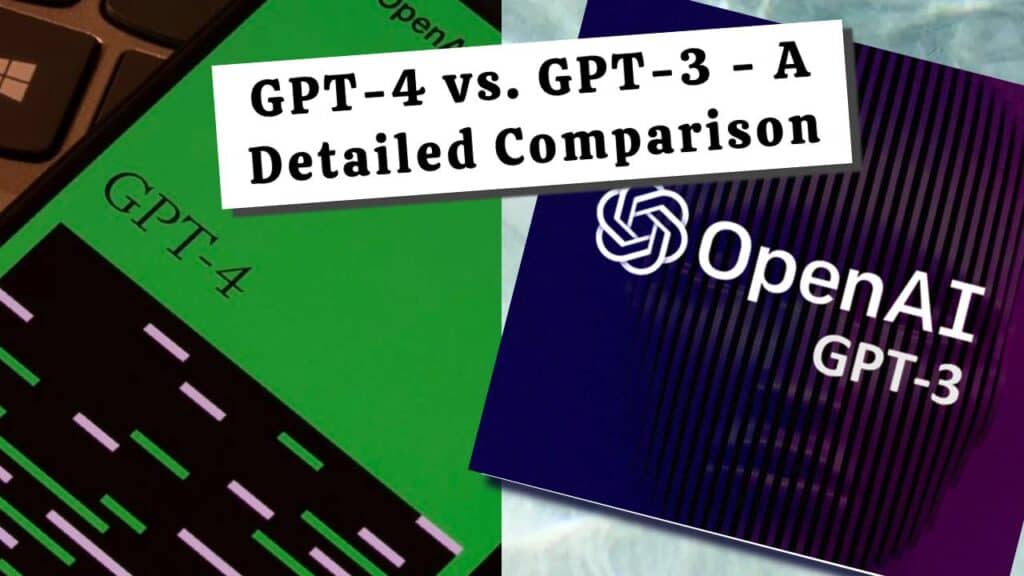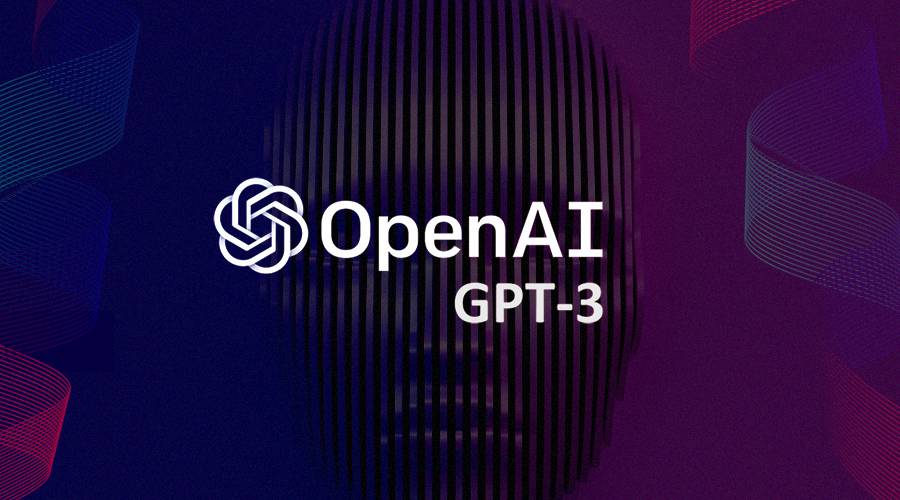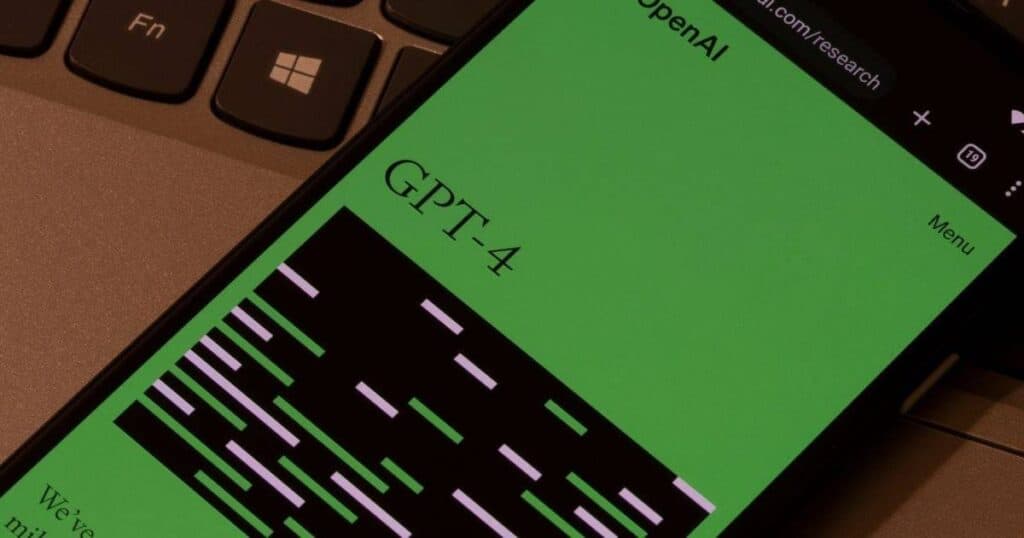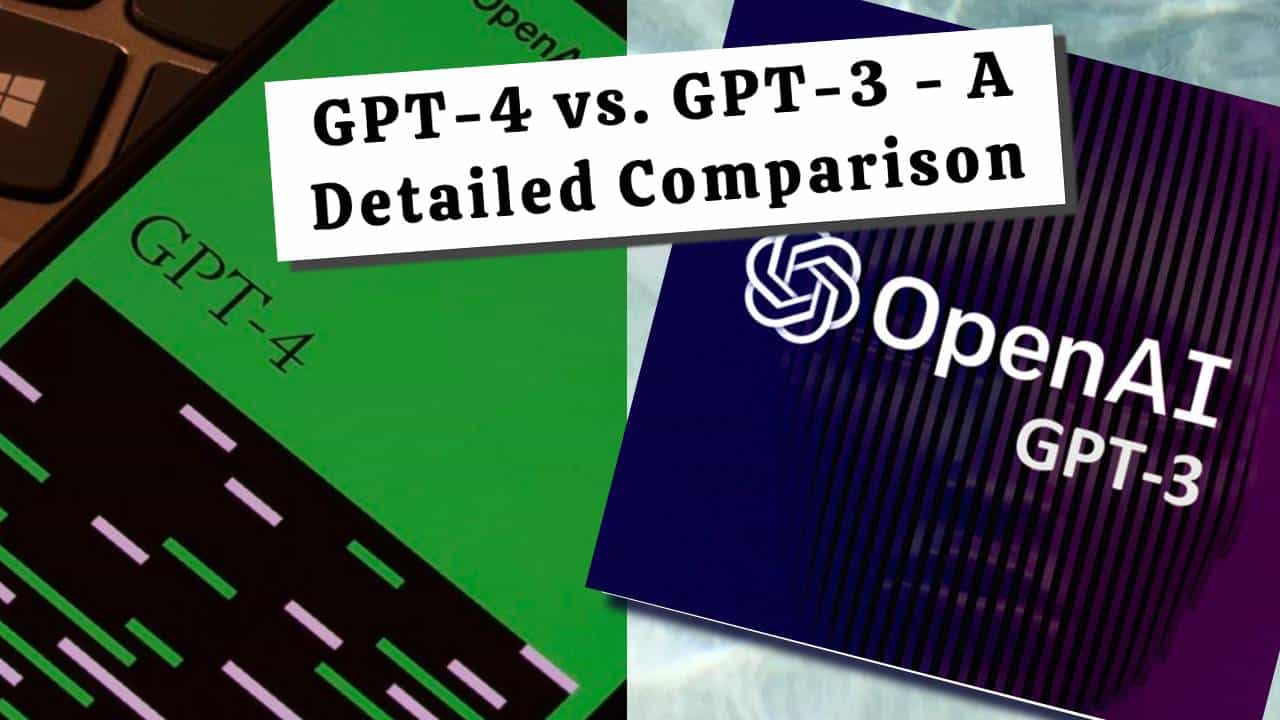Let’s find out difference between gpt 4 vs gpt 3 or gpt 3.5.
OpenAI’s consistency is acquiring technical supremacy through Natural Learning Processing (NLP) driven- Generative Pre-trained Transformer (GPT). In 2020, the world got stunned by the introduction of GPT-3, and the recently launched GPT-4 created a notable wave with the modified algorithm to rule artificial intelligence.
The incredible ChatGPT, launched in November 2022, is also the testimony of OpenAI and exceeded a million users within the first five days of its launch.
With this detailed comparison, you will understand the difference between OpenAI’s GPT-4 vs GPT-3 in terms of applications, datasets, and parameters. It will let you analyze the functioning and differences in these large models.
Further, you’ll understand the fine tune of OpenAi’s language models to work efficiently and the errors within them.

Overview of OpenAI’s GPT-3
After the success of GPT-1 and GPT-2, OpenAI took a remarkable lead by introducing large models’ successor- Generative Pre-Training Transformer-3 (GPT-3). Where GPT-2 was constructed within 1 billion parameters, GPT-3 took efficiency to light years ahead with over 175 billion parameter counts.

Parameter Counts
Generative Pre-Training Transformer has 175 billion parameter counts, which was supposed to be hugely developed in 2020. For comparison, GPT-2 is built on 1 billion parameters which are far lesser than in GPT-3.
The more the parameter count of a model consists, the more datasets it requires for its training. It suggests that GPT-3 used multiple and enormous datasets for its training (almost whole Wikipedia and books).
Capabilities
GPT-3 is a deep learning large language model trained to generate texts like human brains. GPT-3 is capable of generating human-like text based on a prediction of the forthcoming word in a sentence or phrase.
It can generate texts, translate, summarize, code, poem writing, and answers question.
Datasets
GPT-3 contains a large dataset (17 gigabytes) that allows it to generate an accurate response. The dataset is connected to the accuracy of the large models.
Applications
With a large dataset and huge parameters, GPT-3 was a hallmark for accuracy and knowledge. GPT-3 has a wide range of applications in text generation, coding, language translation, summarization, and customer management.
Understanding GPT-3.5
Generative Pre-trained Transformer 3.5, launched in March 2022, was based on its predecessor GPT-3 but involved a few more advancements to work like a human brain and understand human sentiments. It was significant to eliminate the toxic output, which was a limitation of GPT-3.
For better sentiment analysis, GPT-3.5 included RLHF (reinforcement learning with human feedback) during fine-tuning of the large models. RLHF involves human feedback for the machine to understand and evolve during training.
The main motive of RLHF was to incorporate knowledge into the models and get more accurate expertise, and sentimental analyzed output with multi-tasking ability. The famous ChatGPT, launched in November 2022, depended on the fine-tuning of GPT-3.5 to perform various tasks at one time with much accuracy.
Introduction to OpenAI’s GPT-4
On March 2023, OpenAI again thrived in artificial intelligence by introducing a successor to the GPT family, GPT-4. The GPT-4 is based on the functioning of GPTT-3.5 with modifications that were never introduced before.

Performance
OpenAI stated that GPT-4 passes the bar exam with a score to the top 10% of the test aspirers, whereas, GPT-3.5 score was around the bottom 10%. GPT-4 has improved to work in a model “aligned” where it follows the users’ intentions and avoids false or twisted outputs.
OpenAI stated that GPT-4 has improved in steerability, which adjusts its behavior according to users’ requests. For example, it can change the output’s style, voice, and font according to the user’s command.
Refusing to go outside the guardrails allows the model to judge and refuse an illegal command by the user.
Capability
“In a casual conversation, the distinction between GPT-3.5 and GPT-4 can be subtle. The difference comes out when the complexity of the task reaches a sufficient threshold—GPT-4 is more reliable, creative, and able to handle much more nuanced instructions than GPT-3.5,” said OpenAI.
GPT-4 practiced with different sets of exam papers designed for humans such as Olympiads and other question sets. GPT-4 performed 40% more efficiently than GPT-3.5.
It was also examined with traditional benchmarks especially curated for machine models, and GPT-4 surprisingly surpassed the existing large language models along with state-of-the-art models in the row.
Visual Inputs
The most recent development in large models is the acceptance of image inputs (for research point-of-view only) along with text inputs. Based on the interspersed text and image input, GPT-4 generates a text output depicting a range of domains such as screenshots, pictures, or diagrams.
Comparison between GPT-4, GPT-3, and GPT-3.5
| Comparison | GPT-3 | GPT-3.5 | GPT-4 |
|---|---|---|---|
| Launched | 2020 | 2022 | 2023 |
| Parameter | 175 billion | 1.3 billion6 billion175 billion | 540 billion |
| Datasets | 17 gigabytes | 17 gigabytes | – |
| Capability | Generate textTranslateSummarizeCodingAnsweringCreating poem | Generate textTranslateSummariseCodingAnsweringHuman feedback(RLHF) | Generate texts, translate, summarize, coding, answeringAlignmentSheerabilityGuardtrailVisual input (multimodal)Longet texts. |
| Input | Text-based | Text-based | Visual input along with text-based input. |
| Token limits | $0.0004 to $0.02 per 1000 tokens | $0.002 per 1000 tokens | With 8K- $0.03 per 1000 prompt tokens and $0.06 per 1000 completion tokens. With 32K- $0.06 per 1000 prompt tokens and $0.12 per 1000 completion tokens. |
Analyzing the capabilities of GPT-4 and GPT-3 models
Capabilities of GPT-3
GPT-3 is a language-processing AI model that recognizes, understands, and generates a human-like text. It can generate texts, summarize, translate languages, generate code, create poems and stories, and question answering.
Being one of the largest large models with 175 billion parameters, it is trained with enormous datasets to deliver more accurate output.
Capabilities of GPT-4
GPT-4, somehow works based on the algorithm of GPT-3 and GPT-3.5. To generate a more accurate human-like text as on output.
(a) GPT-4 accepts visual and text inputs for generating textual output.
(b) GPT-4 has an aligned perspective to avoid falsified information and deliver truth-oriented texts.
(c) It works on its sheer ability to adjust depending on the user’s command.
(d) Further, it refuses to go outside the guardrails to improve its authenticity and prevent illegal commands.
(e) GPT-4 is a polyglot. It has an accuracy of 85% in English and can speak 25 languages, including Mandarin, Polish, and Swahili.
(f) GPT-4 can process longer texts with the help of higher context lengths.
Token limits in GPT-4 and GPT-3
Consider tokens as broken pieces of word processes before delivering the output. GPT-4 has two; context lengths on the other hand, decide the limits of tokens used in a single API request.
GPT-3 allowed users to use a maximum of 2,049 tokens with a single API request. Whereas the GPT-4-8K window allows tokens up to 8,192 tokens, and the GPT-4-32K window has a limit of up to 32,768 tokens (up to 50 pages) at one time.
GPT-4 has a significant role in efficiently generating, summarizing, and translating a 50-pages text.
Input types in GPT-4 and GPT-3
Unlike its predecessors, GPT-2, GPT-3, and GPT-3.5, which involved only one type of input to process-text-based, GPT-4 has laid an advanced foundation in deep learning artificial intelligence.
GPT-4 model interspersed visual input (pictures, screenshots, graphs, memes, etc.) and text-based input to deliver a textual output.
Although the visual input is accessible for Research preview and not publicly available, it has opened up new scopes of visual interpretation by machines. It can be better understood by the examples given by OpenAI, where GPT-4 recognizes, understands, and interpreted the visual inputs to deliver more accurate textual information.
Establishing the context of a conversation between GPT-4 and GPT-3
A prominent difference between these OpenAI models is the ability to determine the model’s tone, behavior, and style depending upon users’ commands.
The newest GPT member GPT-4 can adjust its tone, style, and behavior depending on the command. These are acquired by the “system” that prevails in its ability to deliver a user-oriented text within its boundaries. The boundaries between the model and the user’s interaction allow it to refuse to participate in unallowed or illegal work.
For example, OpenAI shared a picture where GPT-4 disagrees with directly answering the Maths problem. Instead it encourages the users to think and solve it naturally.
Cost comparison of GPT-4 and GPT-3 usage
No illusions! If you want to try the most efficient language models, you must pay the price!
The cost is compared depending on the tokens involved. It is complicated to estimate as the cost of prompt tokens and completion tokens vary independently and often gets complex to calculate.
The cost of individual GPT models is illustrated in the given points:
- GPT-3:- $0.0004 to $0.02 per 1000 tokens
- GPT-3.5-Turbo:- $0.002 per 1000 tokens
- GPT-4:with 8K context window:- $0.03 per 1000 prompt (input) tokens
– $0.06 per 1000 completion (output) tokens.
- GPT-4 with 32K context window:- $0.06 per 1000 prompt (input) tokens
– $0.12 per 1000 completion (output) tokens.
Fine-tuning of OpenAI models
In this stage, the large models practically approach their learning. They solve tasks such as question answers, sentimental analysis, generating texts, document summarization, and more. To train it better, the model gets fed on enormous examples to refine its tone, style, and behavior and personalize it for a specific application.
Once fine-tuned, the model does not require examples and saves the charges on prompts. Currently, in OpenAI, GPT-3 based models are available for fine-tuning.
Limitations and errors
Undoubtedly, GPT-4 is an extraordinary model with advanced credibility and capabilities, but is it completely reliable? To keep it in words, GPT-4 is surely a great testimony of OpenAI, but it is still not completely flawless. It has certain limitations and errors that are needed to fix!
- Like its previous members, GPT-4 “Hallucinates!’ It scored 40% higher than GPT-3.5 but still provides erroneous texts.
- It has no information after September 2021:- GPT-4, launched in 2023, has no clues of events after September 2021. It was also a limitation of its previous members and needs to be fixed in the latest versions.
- It has not changed more!:- Based on the predecessors’ algorithms, it has not changed much than GPT3 and GPT-3.5. It is stated in the product research documentation that compared the latest version with the previous members.
Key differences between GPT-3 and GPT-4
OpenAI’s GPT-4 has already been the talk of the town with its advanced visual input, guardrails, alignment, longer context, and other features. Users can use these advanced and prominent by using GPT-4. But does it mean that it has surpassed the previous models like GPT-3 and GPT-3.5?
Technically, yes it has surpassed the race with the latest advancement but still has a few limitations that do not make it suitable for everyone. Obviously, its higher cost is the first to describe.
Secondly, it is efficient in tasks involving higher parameter sets for getting an accurate response. However, to solve basic problems, GPT-3 with smaller parameter sets is the first choice!
Related Posts:
Final thoughts on GPT-3 vs. GPT-4
OpenAI has launched the newest version of GPT called GPT-4. It has included visual inputs for better understanding and delivering a text-based output. Now, GPT-4 can generate, interpret and translate longer texts than before. GPT-3 had limited access as it only included text input with shorter texts.
Undoubtedly, the recently launched GPT-4 more advanced capabilities and performs much better than its previous members. But it has not revolutionized artificial intelligence. It still has limitations that the GPT-3 and GPT-3.5 acquired. Those are fixable errors and can get better with time.
Even with GPT-4 credibility, it’s not likely to replace the previous GPTs. The main involves it higher cost of prompt and completion tokens. Users can use GPT-3 for basic problems and GPT-4 for extensive problems.
GPT-4 can eliminate the “hallucinations” by scoring 40% higher than GPT-3.5, based on OpenAI’s internal benchmark.
